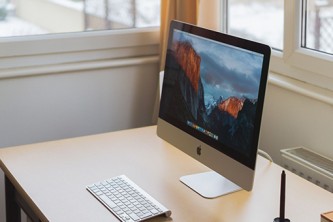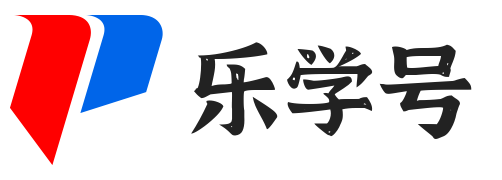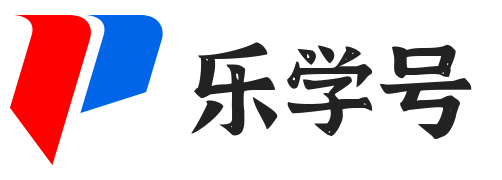C语言清屏操作的实现方法
在编程过程中,我们经常需要清屏以清除控制台的输出,在C语言中,清屏操作可以通过调用系统命令或者使用特定的库函数来实现,本文将介绍两种常用的C语言清屏方法,分别是使用system("cls")和system("clear")命令以及使用Windows.h头文件中的system("cls")和system("clear")函数。
1、使用system("cls")和system("clear")命令
在Windows操作系统中,我们可以使用cls命令来清除命令提示符窗口的内容,而在Linux和Mac系统中,可以使用clear命令来实现相同的功能,在C语言中,我们可以使用system()函数来执行这些命令。
以下是一个简单的示例:
#include <stdio.h>
#include <stdlib.h>
int main() {
printf("Hello, World!
");
system("pause"); // 暂停程序,等待用户按任意键继续
system("cls"); // 清除屏幕内容(仅适用于Windows)
printf("Screen cleared!
");
system("pause"); // 暂停程序,等待用户按任意键继续
system("clear"); // 清除屏幕内容(仅适用于Linux和Mac)
printf("Screen cleared!
");
system("pause"); // 暂停程序,等待用户按任意键继续
return 0;
}

注意:在使用system()函数时,需要包含stdlib.h头文件,这种方法仅适用于Windows、Linux和Mac系统,对于其他操作系统可能无法正常工作。
2、使用Windows.h头文件中的system("cls")和system("clear")函数
在Windows操作系统中,我们还可以使用Windows.h头文件中的system()函数来执行cls和clear命令,这种方法与上一种方法类似,但需要包含Windows.h头文件。
以下是一个简单的示例:
#include <stdio.h>
#include <windows.h>
int main() {
printf("Hello, World!
");
system("pause"); // 暂停程序,等待用户按任意键继续
system("cls"); // 清除屏幕内容(仅适用于Windows)
printf("Screen cleared!
");
system("pause"); // 暂停程序,等待用户按任意键继续
system("clear"); // 清除屏幕内容(仅适用于Linux和Mac)
printf("Screen cleared!
");
system("pause"); // 暂停程序,等待用户按任意键继续
return 0;
}
注意:在使用Windows.h头文件中的system()函数时,需要包含Windows.h头文件,这种方法仅适用于Windows操作系统。
在C语言中,我们可以通过调用系统命令或者使用特定的库函数来实现清屏操作,这两种方法各有优缺点,可以根据实际情况选择合适的方法,在使用这些方法时,需要注意它们可能无法在其他操作系统上正常工作。


发表评论